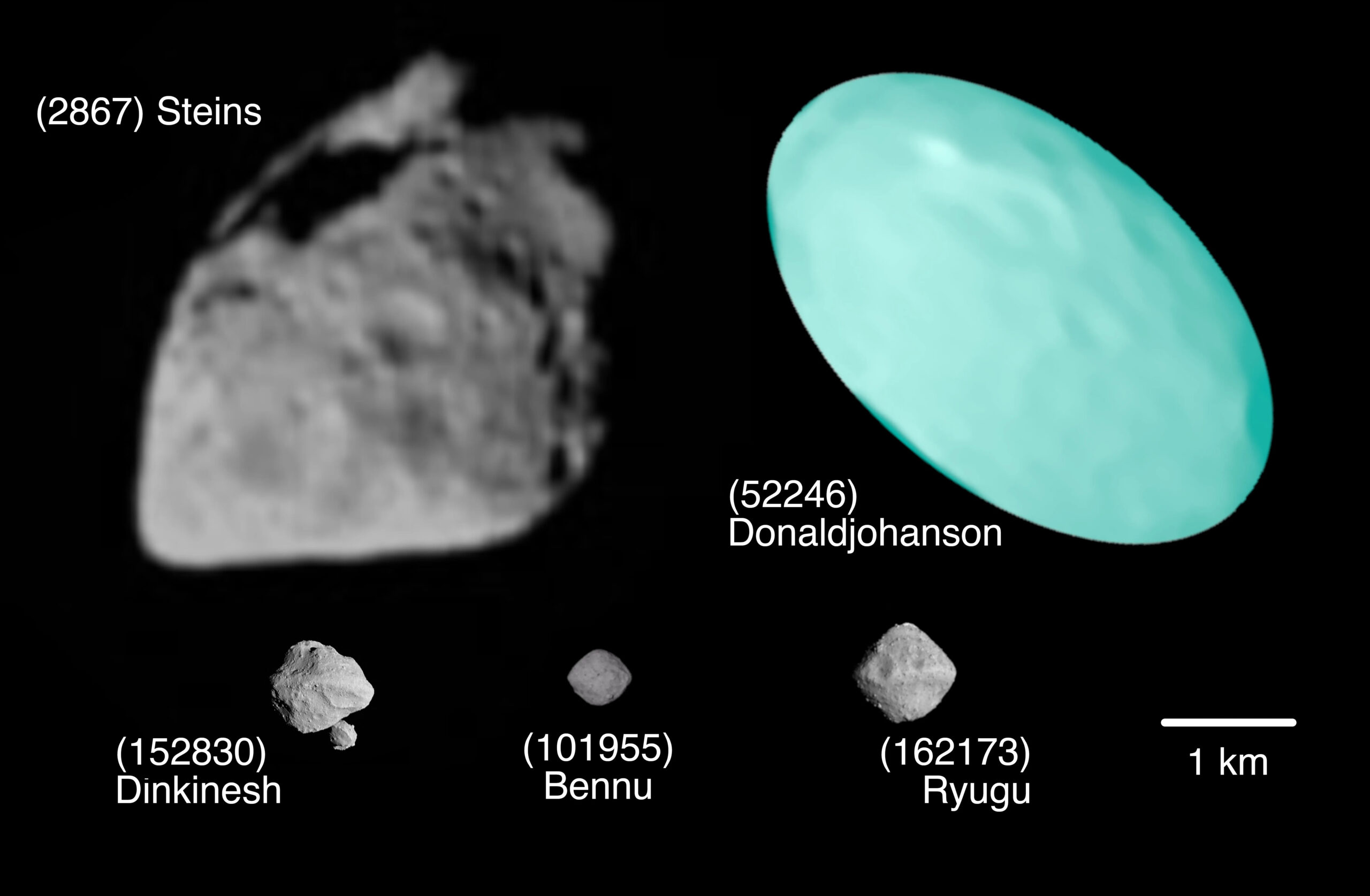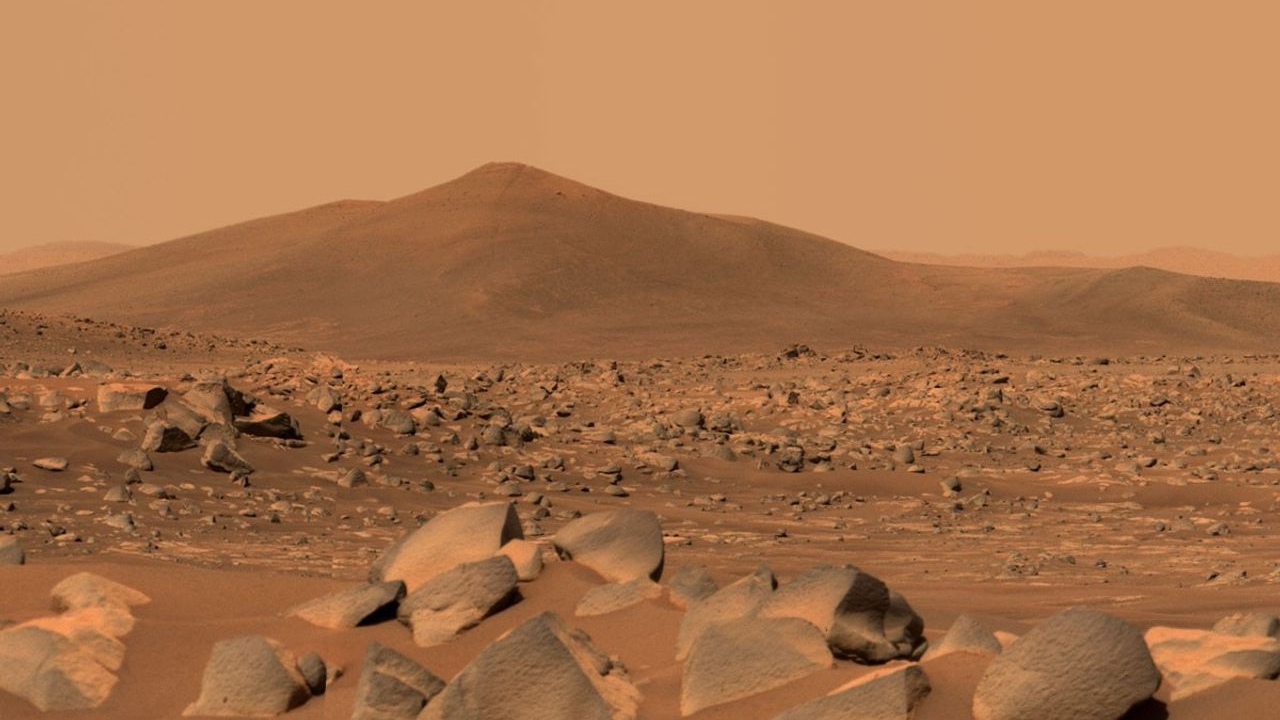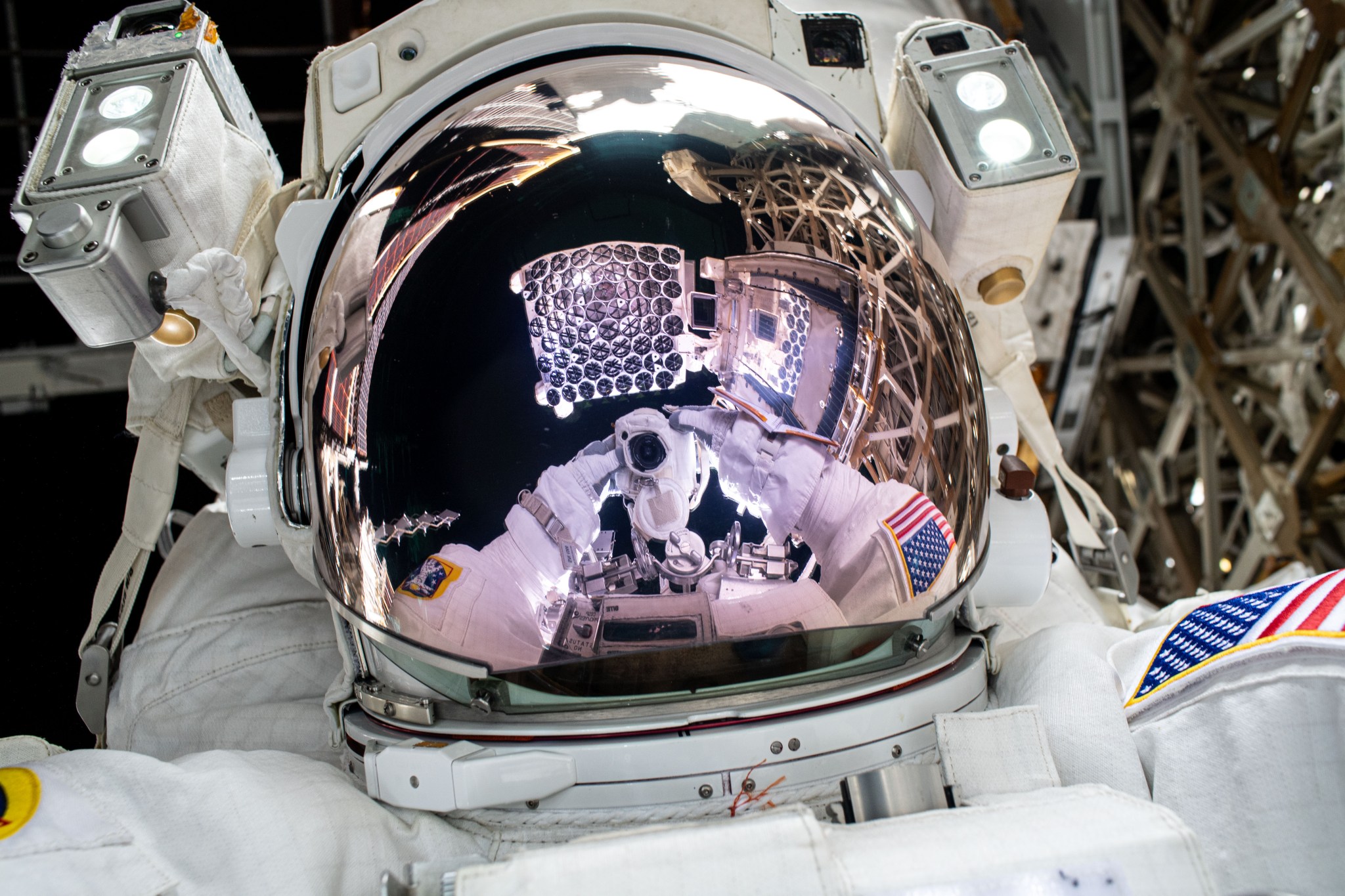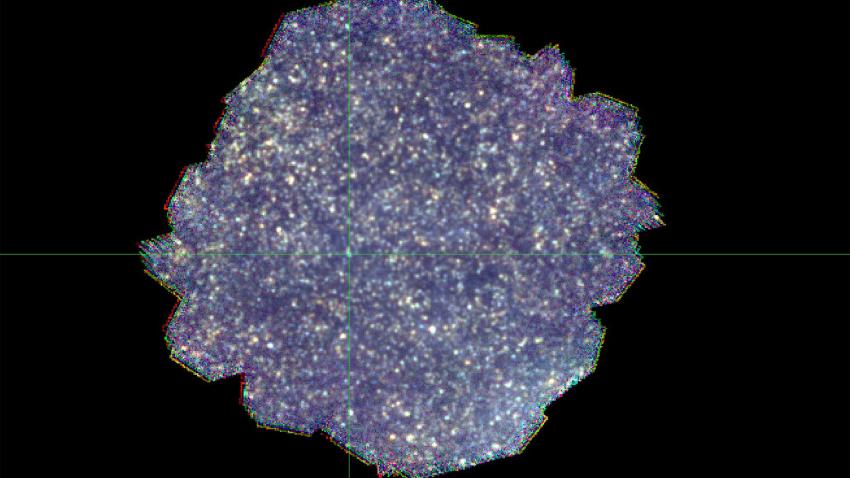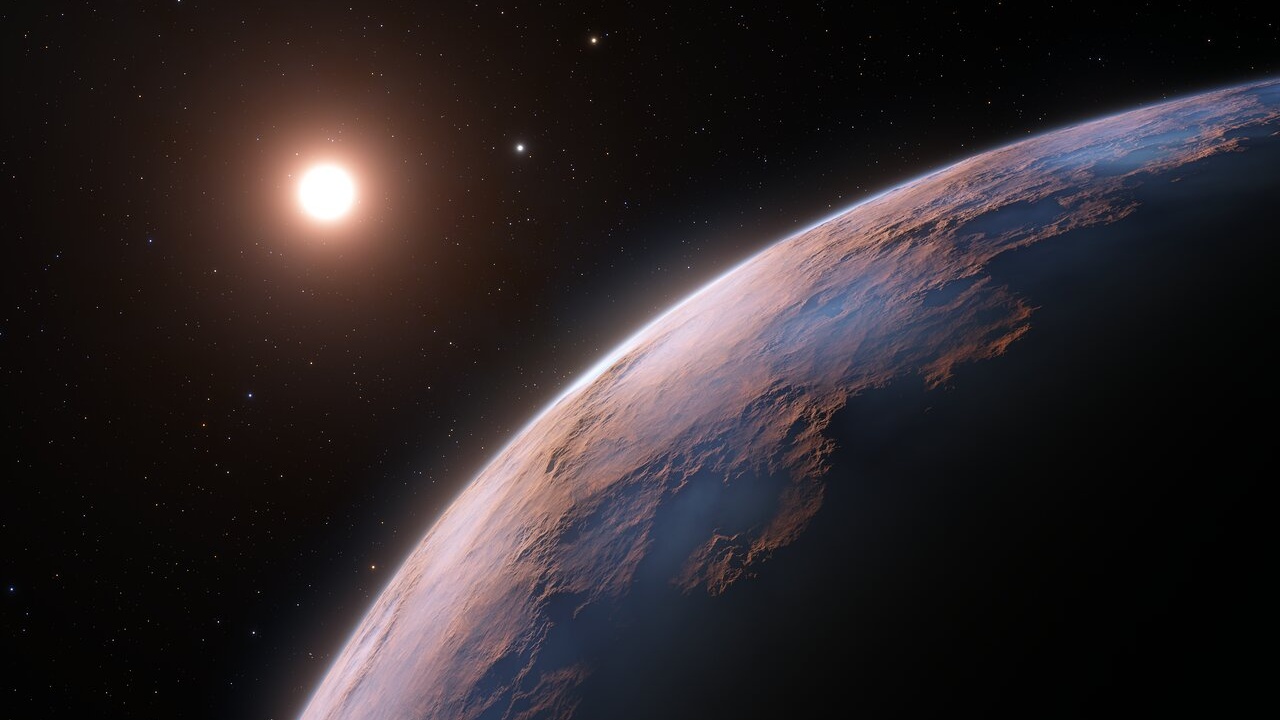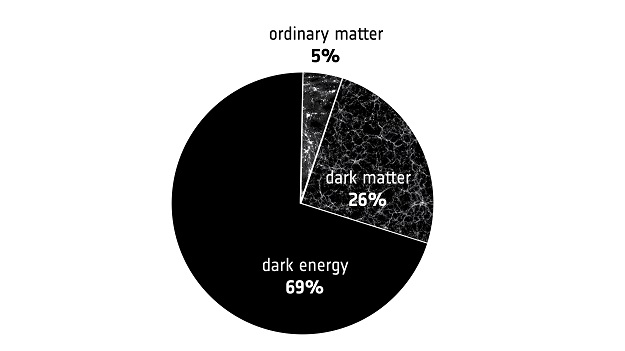Easter Sunday certainly won’t be a day of rest for the astronomy community. All eyes will be on NASA’s asteroid-studying Lucy spacecraft, which is due to have a close encounter at 1:51 p.m. EDT (1751 GMT) on April 20, 2025. Launched in 2021, Lucy is on a 12-year journey to the orbit of Jupiter, during which the probe will perform flybys of eight Trojan asteroids in a quest to learn about the origins of the solar system, searching for elements that could spark the rise of life. But before Lucy gets…
Read MoreTag: The Universe
Could Mars volcanoes have supported ancient life on the Red Planet? Well, maybe
While most people searching for signs of alien life these days might have their eyes on the exoplanet K2-18b, one team of researchers is keeping their sights a little closer to home. Texas A&M researcher Michael Tice and a team of international scientists have revealed new clues about Mars’ potential to have supported life, thanks to data collected by NASA’s Perseverance rover. Since 2021, Perseverance has been exploring Mars’ Jezero Crater, using its mobile laboratory to support the work of scientists around the world. Tice and his team, in particular,…
Read MoreNICER Status Updates
April 17, 2025 Following Repair, NASA’s NICER Improves Daytime Measurements A NASA X-ray telescope on the International Space Station called NICER, or Neutron star Interior Composition Explorer, has regained additional daytime observation capabilities thanks to repairs completed during a spacewalk and a reconfiguration of its detectors. In May 2023, NICER developed a light leak in which unwanted sunlight began entering the instrument. Photos taken from inside the space station revealed several small areas of damage to the telescope’s thin thermal shields, which block sunlight while allowing X-rays through to the…
Read MoreVast swarms of hidden galaxies may be secretly bathing the universe in a soft glow
A secret population of hidden galaxies suffusing the universe in a soft glow of far-infrared light have been strongly suggested to exist, based on careful detective work into some of the most unique data to come from Europe’s Herschel Space Observatory. The galaxies, if they are real, are not necessarily a surprise. The cosmos is filled with light across all wavelengths — it’s just that the far-infrared component seems to be stronger than can be accounted for by all the galaxies we can see in visible light. In other words,…
Read MoreHow artificial intelligence is helping scientists hunt for alien Earths
A machine-learning algorithm trained on synthetic planetary systems has been let loose — and in the process has identified nearly four dozen real stars that have a high probability of hosting a rocky planet in their habitable zone. “The model identified 44 systems that are highly likely to harbor undetected Earth-like planets,” said Jeanne Davoult, an astronomer at the German Aerospace Agency DLR, in a statement. “A further study confirmed the theoretical possibility for these systems to host an Earth-like planet.” Often, “Earth-like” worlds — Earth-like in the sense that…
Read MoreMatter-spewing ‘singularities’ could eliminate the need for dark energy and dark matter
A new model of the cosmos does away with the universe’s two most troubling and mysterious elements, dark energy and dark matter, collectively referred to as the dark universe. Here’s the idea. The new concept replaces the dark universe with a multitude of step-like bursts called “transient temporal singularities” that erupt throughout the entire cosmos. It’s possible, scientists say, that these transient temporal singularities could open to flood the universe with matter and energy, causing the very fabric of space to expand. Those rifts would close so quickly they would…
Read MoreNew photos from European Mars orbiter show dynamic, volcanic Red Planet terrain
The European Space Agency (ESA) just released some new snapshots from its Mars Express orbiter that detail the dynamic terrain of the Red Planet’s Acheron Fossae region. One of the photos shows trough-like features called “grabens,” which run about 500 miles (800 kilometers), or roughly the length of Germany. They were shaped from ancient volcanic activity that twisted the surface of Mars almost four billion years ago. Flowing lava from the nearby Alba Mons volcano (not pictured) is likely responsible for the smooth region in the bottom center of the…
Read MoreExploring the Universe Through Sight, Touch, and Sound
Explore This Section Science Science Activation Exploring the Universe Through… Overview Learning Resources Science Activation Teams SME Map Opportunities More Science Activation Stories Citizen Science 3 min read Exploring the Universe Through Sight, Touch, and Sound For the first time in history, we can explore the universe through a rich blend of senses—seeing, touching, and hearing astronomical data—in ways that deepen our understanding of space. While three-dimensional (3D) models are essential tools for scientific discovery and analysis, their potential extends far beyond the lab. Space can often feel distant…
Read MoreEaster is coming late in 2025, astronomically speaking. Here’s why
Saturday night (April 12) brings us the April full moon, which traditionally is known as the “Pink Full Moon.” The Native Americans who once occupied the northern and eastern United States kept track of the seasons by attaching distinctive names to each full moon that occurred at approximate 29-day intervals during the course of the year The “Pink Moon” name is rather deceptive, however, because it might initially give some the idea that on that particular night the full moon will appear to glow with a pinkish or salmon hue.…
Read MoreThe newest GOES weather satellite in NOAA’s fleet is now fully operational (video)
The final satellite in NOAA’s GOES-R weather satellite series has a new place in orbit … and a new name. The GOES-19 weather satellite, which launched into orbit in June 2024, has officially taken the place of its predecessor GOES-16 to watch over the Western Hemisphere from its perch 22,236 miles (35,785 kilometers) above us. To mark the milestone, the satellite has the new name of GOES East to serve as the dominant geostationary satellite in the fleet, NOAA officials said in a statement. “With GOES-19 now in operation, NOAA…
Read More